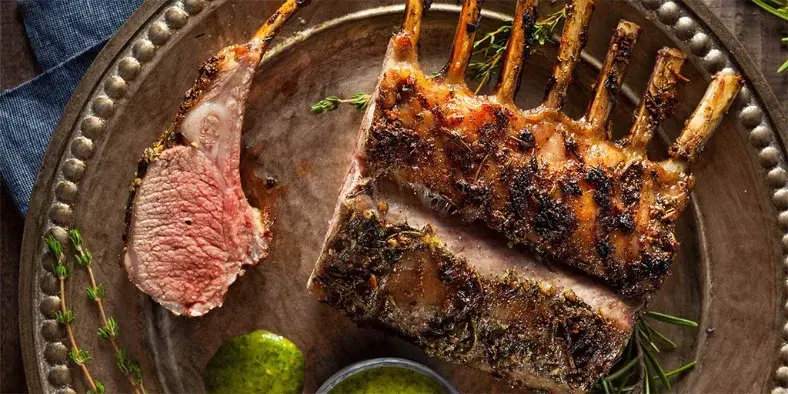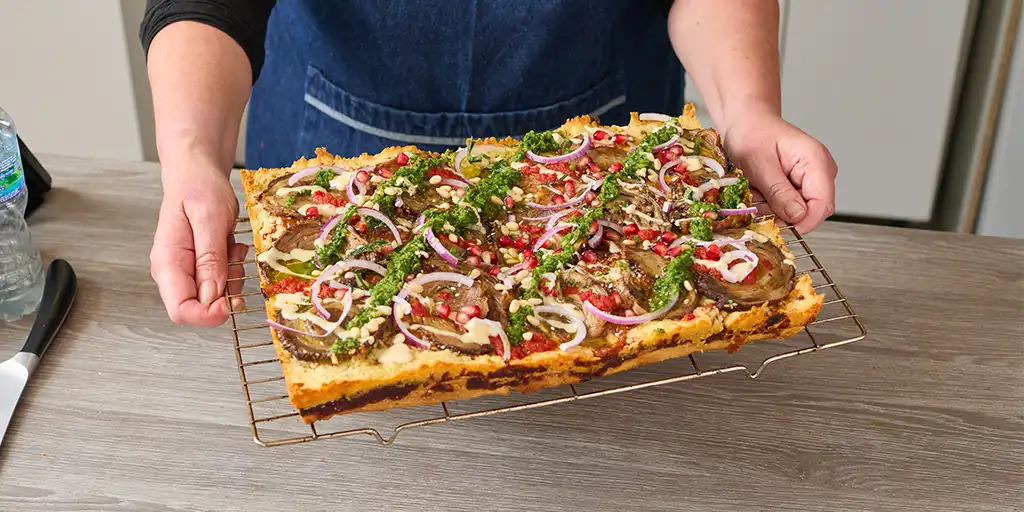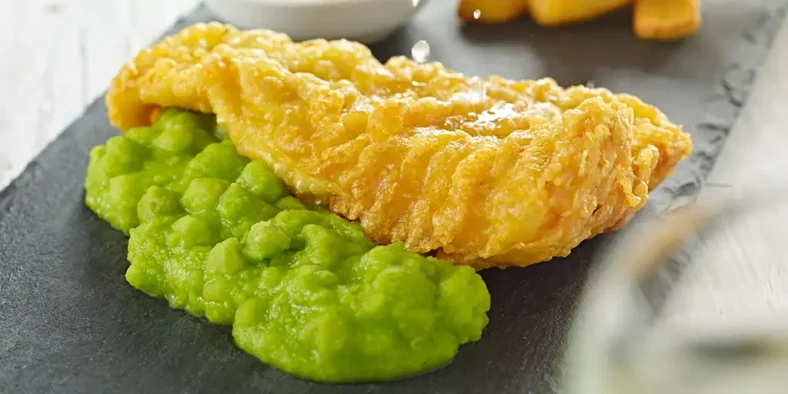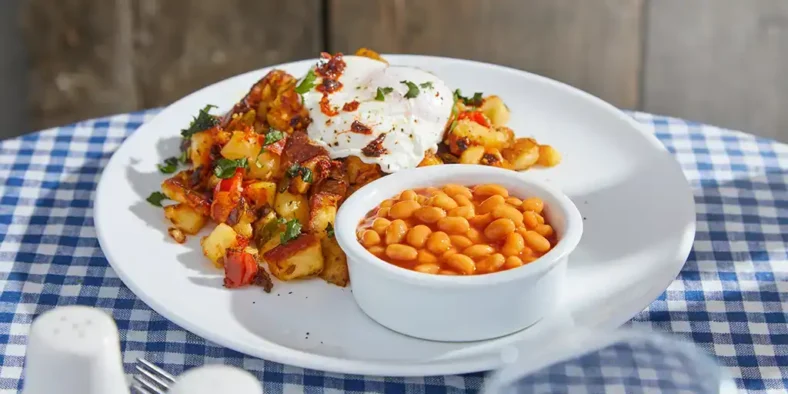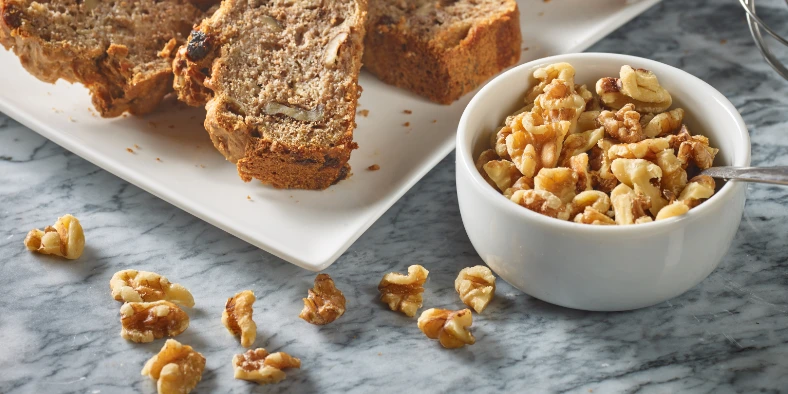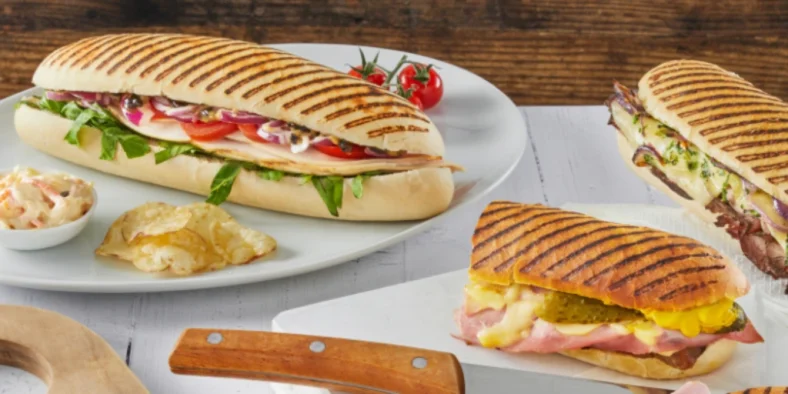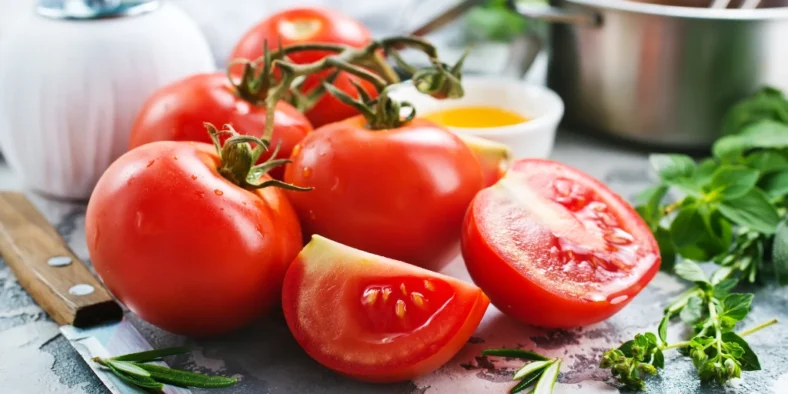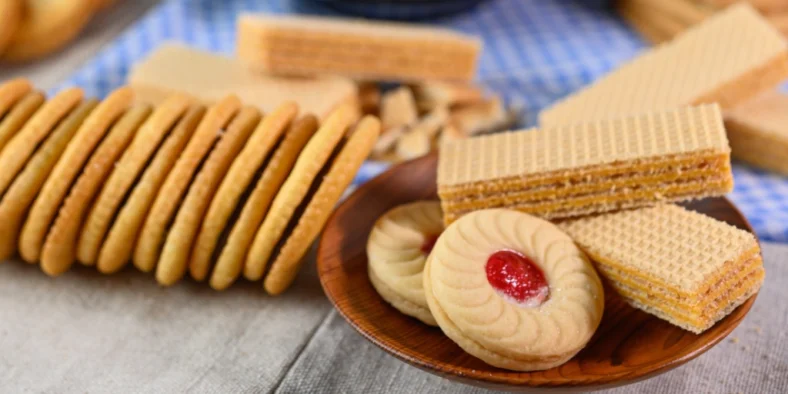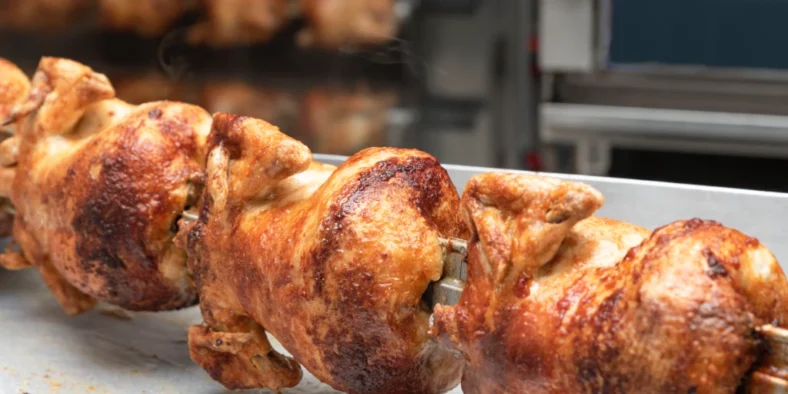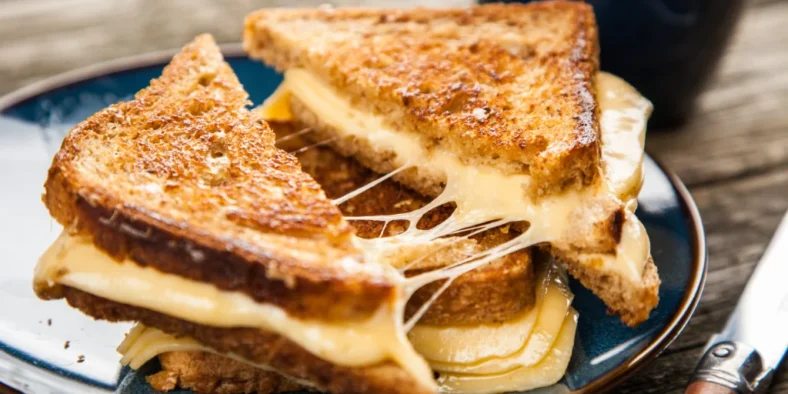The Importance of British Lamb
British lamb is known around the world for its quality, ethical farming, and deep ties to the British countryside. But as costs rise and cheaper imports gain ground, chefs have a vital role to play in understanding the value of British lamb and how to make the most of every cut—from prime joints to underused offal.
This guide explores seasonal varieties, sustainability, and why supporting UK farmers matters more than ever.
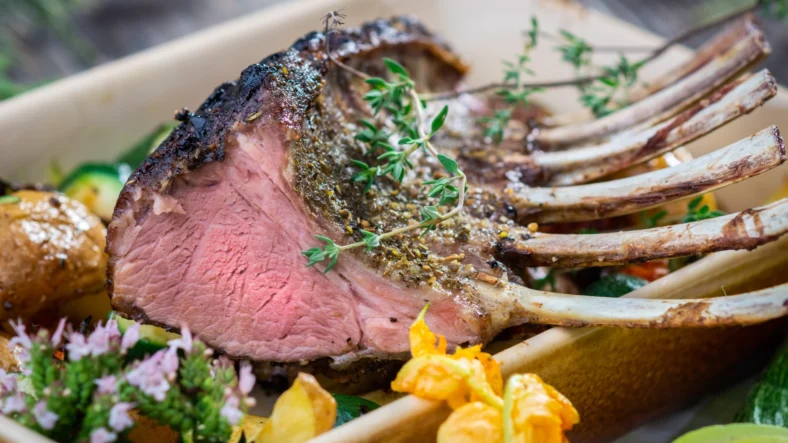
The Seasons and Varieties of British Lamb
Spring Lamb and Hogget
Most lambs in the UK are born in spring and reach market weight by autumn. These grass-fed animals produce meat with a mild, sweet taste. For Easter, some farmers bring lambs to weight earlier using supplementary grain feed due to limited grass growth.
Hogget, from lambs that mature over a longer period, offers a richer flavour and darker meat. It’s ideal for slow-cooked or robust dishes.
Mutton: A Cost-Effective, Richer Option
Mutton comes from sheep over a year old and has a bold, gamey character. Though less widely used, it’s excellent for stews, pies, and braises, bringing depth to traditional comfort food.
The Red Tractor Assurance
Look out for the Red Tractor logo when sourcing lamb. It guarantees UK origin, high animal welfare, and sustainable farming practices. Choosing certified lamb supports British agriculture and ensures a consistent standard of quality.
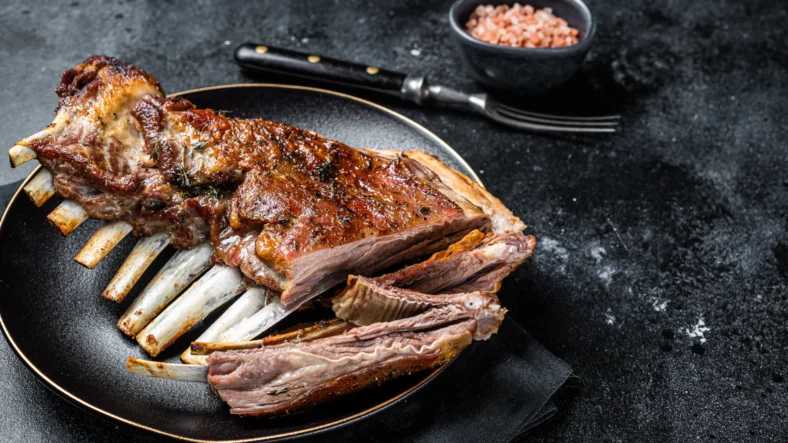
Why British Lamb Costs More (And Why It’s Worth It)
Longer Rearing and Lower Yield
Compared to poultry or pork, lamb takes nearly a year to reach market weight. From a 42–48kg lamb, only 14–18kg of meat is saleable. Certain parts, such as the head, are restricted for sale in the UK due to safety regulations.
No Factory Farming
Lambs aren’t suited to intensive farming. Stress and confinement negatively impact growth and wellbeing. In the UK, lambs are mostly grass-fed and raised outdoors.
West Yorkshire farmer Meggan Jeffries of Eldwick Graziers explains: “I’d say our lamb is good because we use high-quality breeds and we don’t overstock or stress the lambs out. Cleaning water troughs out daily is a must, as is always having clean, fresh straw to nibble on.”
Sustainable Grazing
Grazing sheep benefit the land:
- Preventing invasive plant spread
- Supporting wildlife in grasslands and saltmarshes
- Improving soil health through rotation
The Sustainable Food Trust notes that well-managed, grass-fed systems can also help sequester carbon, making sheep farming part of an environmentally conscious food system.
Choose British
By choosing British, chefs support:
- Local farmers and rural economies
- High-welfare, low-impact farming
- Preservation of British landscapes
- Better traceability and fresher products

Maximise Every Part: From Prime Cuts to Offal
With prices rising, it’s more important than ever to use the whole animal. Beyond familiar cuts like shoulder and leg, consider these underrated options:
Lamb Neck
- Best for: Stews, curries, kebabs
- Why use it: Marbled for deep flavour, ideal for slow cooking
Osso Bucco Steaks
- What it is: Cross-cut lamb shanks, marketed as Osso Bucco
- Best for: Braising in wine and stock
- Serving suggestion: Pair with risotto or mash
Lamb Breast
- Best for: Rolling, stuffing, or curing as lamb bacon
- Why use it: Affordable, full of flavour
- Tip: Cure and slice for a lamb alternative to bacon—lighter cooking preserves juiciness
Offal and Nose-to-Tail Options
- Lamb Heart: Grilled, skewered, or stuffed—rich and meaty
- Lamb Tongue: Braised, peeled, and pressed—great in terrines or sliced on flatbreads
- Sweetbreads: Mild and creamy—soak, clean, and pan-fry or grill
Classic Lamb Pairings
- Sauces: Serve with Chef Assured Mint Sauce or Redcurrant Jelly
- Wine matches: Bordeaux, Rioja, or a British Pinot Noir
- Beer matches: Malty ales or stouts work well with slow-cooked or roasted lamb dishes
Why Chefs Should Champion British Lamb
British lamb stands for quality, sustainability, and heritage—but its future relies on support from professional kitchens.
Chefs can help safeguard the future of UK farming, protect rural livelihoods, and offer their customers dishes rooted in British tradition.
Support British farmers. Put British lamb on the menu.
- Choose Red Tractor-certified meat
- Use a nose-to-tail approach
- Educate diners on its value


